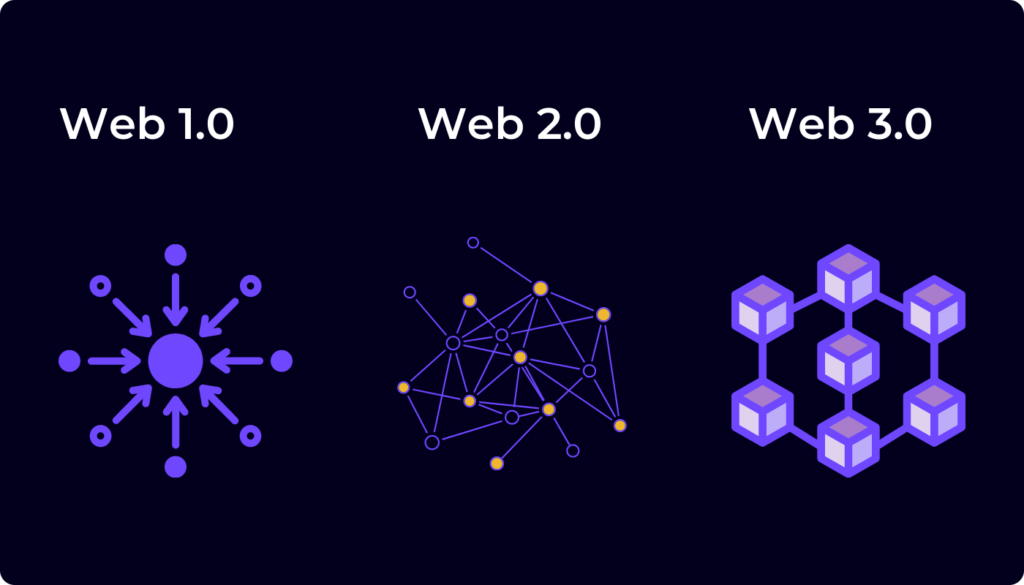Ethereum is not just a cryptocurrency; it’s a decentralized platform that has reshaped the blockchain landscape. Created by Vitalik Buterin in 2015, Ethereum introduced revolutionary concepts, particularly smart contracts and decentralized applications (dApps), which have transformed the way we think about blockchain.
What is Ethereum?
Ethereum is an open-source, decentralized blockchain that allows developers to create and run applications without a central authority. It serves as a global, decentralized computer, where anyone can write and deploy applications that execute exactly as programmed. This is made possible through Ethereum’s use of smart contracts, which are self-executing contracts with the terms of the agreement directly coded into lines of code.
How Ethereum Differs from Bitcoin
While Bitcoin is primarily a peer-to-peer payment system designed to function as a decentralized currency, Ethereum is far more versatile. Ethereum was designed as a general-purpose blockchain, capable of hosting not just one application (like Bitcoin’s payments), but any number of decentralized applications. These dApps operate on a decentralized infrastructure, eliminating the need for middlemen, such as banks or other financial institutions.
The Role of Ether (ETH)
Ethereum has its own native cryptocurrency called Ether (ETH). Ether is used to power the network, essentially functioning as “gas” to fuel transactions and operations on the Ethereum platform. Every time a developer or user interacts with the network—whether by deploying a smart contract, sending ETH, or executing a transaction—they need to pay a fee in Ether. These fees, known as gas fees, are crucial in preventing spam and ensuring that computational resources are used efficiently.
Smart Contracts: The Heart of Ethereum
At the core of Ethereum’s functionality is the concept of smart contracts. These are programs that automatically enforce agreements without the need for a trusted third party. A smart contract is a self-executing contract where the terms of the agreement or conditions are written directly into the code. Once deployed on Ethereum, these contracts run exactly as programmed and cannot be altered or interfered with. This ensures trustless interactions between parties.
For example, a smart contract can automatically transfer funds between two parties once certain conditions are met—like the completion of a service or the receipt of goods—without relying on a central authority.
Ethereum Virtual Machine (EVM)
Ethereum’s flexibility comes from the Ethereum Virtual Machine (EVM), a powerful software that allows developers to run any program, regardless of the programming language, making the blockchain more versatile. The EVM acts as a decentralized global computer, enabling the creation of a wide variety of decentralized applications.
With this system, Ethereum has become the primary platform for DeFi (Decentralized Finance) applications, NFTs (Non-Fungible Tokens), and DAOs (Decentralized Autonomous Organizations). It has essentially unlocked endless possibilities for decentralized innovation.
Ethereum 2.0 and Proof of Stake (PoS)
As Ethereum grew, it faced issues with scalability and high gas fees, particularly during periods of high demand. To solve these issues, Ethereum transitioned from its original consensus mechanism, Proof of Work (PoW), to Proof of Stake (PoS) through an upgrade known as Ethereum 2.0 or Eth2.
With PoS, Ethereum now relies on validators who stake their ETH to propose and validate new blocks in exchange for rewards. This upgrade greatly improves the network’s scalability, security, and energy efficiency. Ethereum 2.0 aims to handle a larger number of transactions per second, reducing congestion and making the platform more environmentally friendly, as PoS consumes far less energy than PoW.
Decentralization and Web3
Ethereum’s decentralized nature makes it a critical player in the development of Web3, the next iteration of the internet. In Web3, the control of data and services shifts away from centralized entities and back to the users. Ethereum is at the heart of this vision, enabling dApps that provide services such as lending, borrowing, trading, and even governance through DAOs.
By removing intermediaries, Ethereum creates opportunities for new forms of interaction and innovation, allowing people to take control of their digital lives, assets, and identities.
Use Cases of Ethereum in Web3
- Decentralized Finance (DeFi): Ethereum is the foundation for many DeFi platforms that offer services like lending, borrowing, and trading without the need for traditional banks or brokers.
- Non-Fungible Tokens (NFTs): Ethereum’s ERC-721 standard is the backbone of the NFT revolution, allowing digital art, collectibles, and other assets to be bought, sold, and traded in a decentralized manner.
- Decentralized Autonomous Organizations (DAOs): These are organizations governed by code rather than people, allowing stakeholders to vote on decisions and changes to the organization, all powered by Ethereum’s smart contracts.
- dApps: Developers build decentralized applications on Ethereum for a wide range of industries, from gaming to social media and supply chain management.
The Future of Ethereum
As Ethereum continues to evolve, it remains a pillar of the Web3 ecosystem. The ongoing upgrade process, with Ethereum 2.0 bringing scalability improvements and reduced energy consumption, positions Ethereum as a sustainable, secure, and highly adaptable blockchain for the future. As more people and businesses embrace decentralization, Ethereum’s role in powering the Web3 movement will only grow.
ENG WANJIKU
Views: 2





